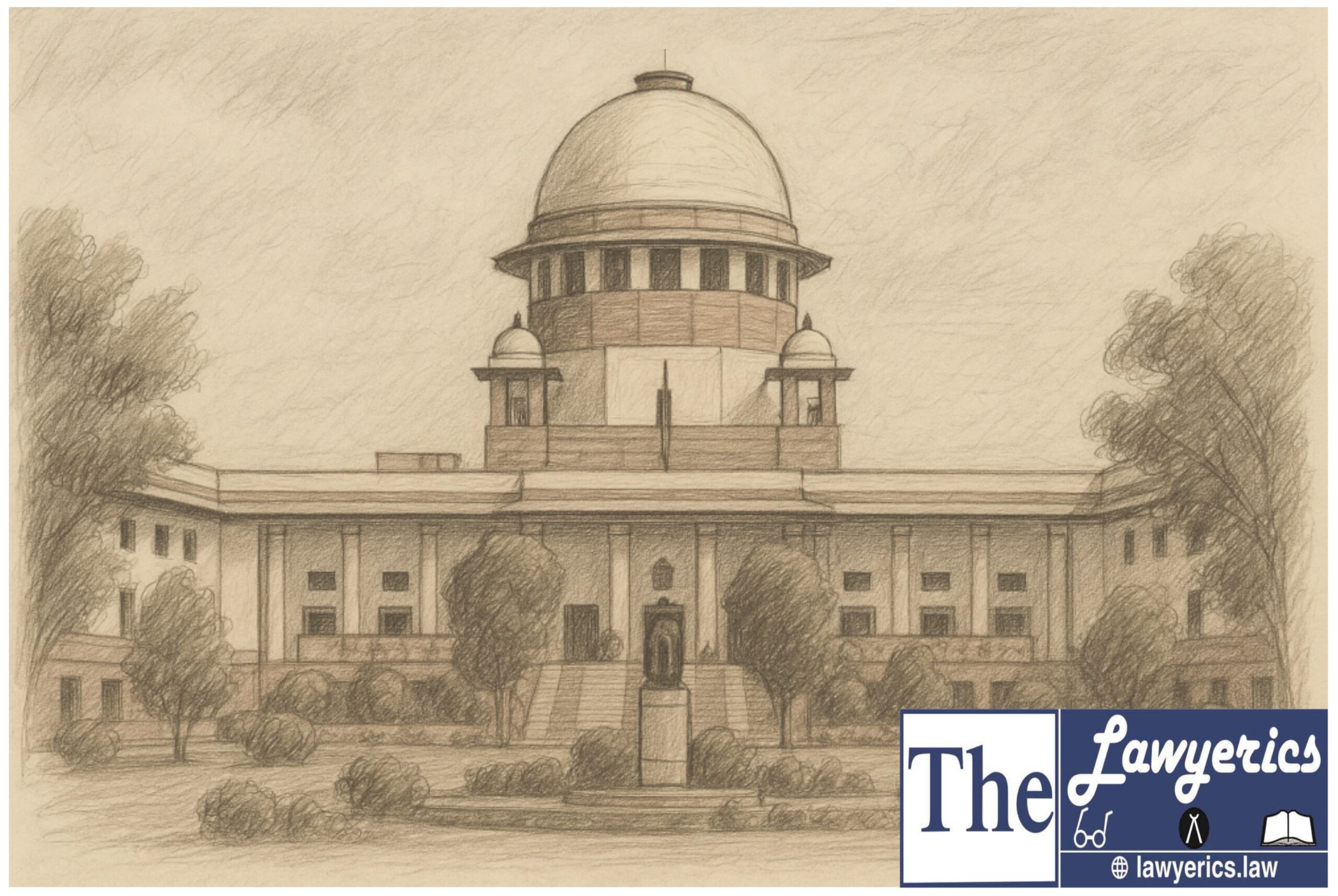
The frequency with which our Hon’ble Supreme Court is changing it judgments/orders, shows that it is not capable of providing stable and predictable law. Frequent changes point out that there is no “law” as envisaged in Article 141 of the Constitution. In the absence of stability and predictability in the judgments/orders of the Hon’ble, they do not remain law, they become administrative decisions. It is happening not in one or two cases, but in several case. Recently, the Court agreed to review Bushan Power and Steel case also. Earlier the court order was for liquidation of the company but it is now for reconsideration resolution plan. So is the case with judgment in Vijay Madan Chaudhary relating to PMLA law.
Theoretically, the Supreme Court has “power to review any judgment pronounced or order made by it” but in law, this is a power to be exercised exceptionally. Let me quote here what is mentioned in the Code of Laws Promulgated by Hammurabi, King of Babylon (B.C. 2285-2242), about review of a Judgment, “If a judge has judged a judgment, decided a decision, granted a sealed sentence, and afterwards has altered his judgment, that judge, for the alternation of the judgment that he judged, one shall put him to account, and he shall pay twelvefold the penalty which was in the said judgment, and in the assembly one shall expel him from his judgment seat, and he shall not return, and with the judges at a judgment he shall not take his seat.” That shows the sanctity of a judgment. This is possible when a judgment is well-considered and each judgment is delivered by keeping in mind, “The law declared by the Supreme Court shall be binding on all courts within the territory of India.” General expectation is that the Supreme Court judgment should be such a far sighted that it remains applicable for a fairly long time.
It is true that there ought to be dynamism in law to meet changing needs of the society but dynamism does not mean mercurial approach – law is good for today but not sure about tomorrow. That is not dynamism. That is expediency.
The primary cause of frequent changes is that our Supreme Court is top heavy – 34 judges – perhaps the highest number in the world. They sit in Benches. Every presiding Judge has his/her own perception what the law ought to be. This becomes source of inconsistency or incongruity. And then the question arises, what is the binding law. In the present set up, the Hon’ble Supreme Court is dispensing justice on case to case basis but not laying stable and predicable law. Article 141 has been rendered ineffective by the Hon’ble itself. The Court has shifted emphasis now to Article 142 which is a queer provision meant to be used rarely. Primary rule is Rule 141. This needs to be given due weightage.

Click here to download PDF
